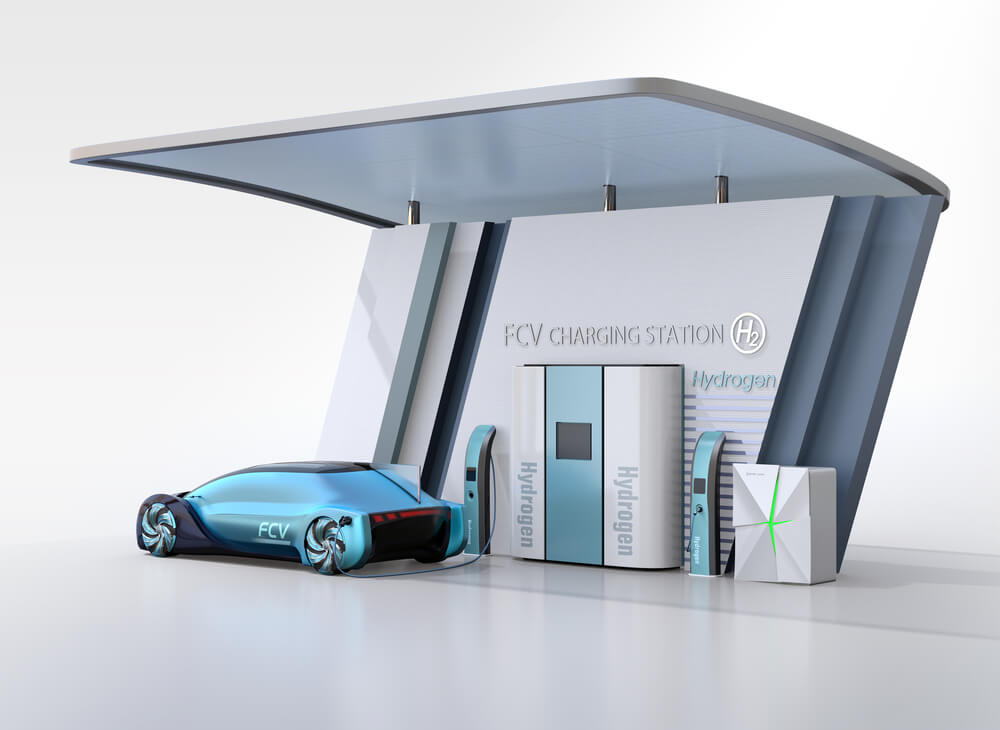Today, one of our major concerns is the environment we live in.
Of course, global technology has come a long, progressive way. But to the detriment of the environment. It’s time to start paying attention to the environment.
Energy sources may protect or damage the environment.
The question is, does renewable energy cause pollution?
This post shed more light.
Does Renewable Energy Causes Pollution
Simply put: while renewable energy sources produce low GHG emission levels and traditional pollution, some pollutants may be emitted during the manufacturing and transporting process.
The production process of photovoltaic (PV) cells, for example, may create toxic compounds that interfere with the water ecosystem to cause pollution.
What Are The Environmental Impacts Of Renewable Installations?
Dysprosium, tellurium, selenium, gallium, neodymium, and indium are some of the popular materials used in the installation process of renewable energies.
Most of these are recent materials with little to no recycling system at the moment. It’s critical to create a solution that facilitates the bulk recycling of these materials to prevent future problems.
Unfortunately, there’s currently no retired renewable power plant to experiment with a workable solution to this issue.
The environmental impact of hydropower will largely depend on installation location.
For example, installing hydropower in a tropical, big, and shallow location can destroy vegetation and lead to GH emission.
GHG’s like Carbon dioxides, and methane are many times stronger than CO2 when it comes to trapping atmospheric heat.
Environmental Impact Of Wind Energy
Wind power generates electricity through a process involving setting up a giant turnover on largely cleared land.
Not only is wind readily available, inexhaustible, and highly predictable, it’s also one of the most sustainable ways to create electricity leaving no toxic emissions or byproducts.
Many countries already. using them has recorded great success. However, problems related to land use or habitat disruption may arise.
Environmental Impact Of Solar Energy
The sun is readily available to provide light, heat, and living energy.
Because solar power has been around as far back as the beginning of existence, it makes sense to believe that it is inexhaustible.
Solar power is now everywhere. People use it at home and in offices. Even the Tesla company is currently tapping the energy source.
Solar plants and panels can produce huge amounts of energy, most especially in areas with all-year sunlight domination.
But, like coal plants, solar plants can also affect animal habitats. Plus, they require plenty of water which is mostly manufactured with environmentally risky materials.
Even with that, the impact largely depends on the manufacturer’s expertise level and the solar system used.
Environmental Impact Of Geothermal
Geothermal derives its energy from the current powers of the earth.
Geothermal plants are built near areas that have geologic “hot spots.”
Heats generated from these locations are converted to steam and then to electricity.
Some places have hotspots, naturally. Some don’t. But a lot of companies looking to tap into this power source have to drill deep into the earth’s surface to tap this hotspot.
Obviously, this is not environmentally friendly. Drilling increase geothermal activities which could be a potential threat to the surrounding environment.
How Does Renewable Energy Reduce Pollution?
Check out a few ways renewables can help reduce environmental pollution:
- No threat to the environment
Most nonrenewable energy sources are extracted from the deeper area of the earth, for example, natural gas, coal, and oil.
This means more exploitation of the core area of the earth through an intensified drilling. And that’s some additional cost.
This intensified drilling leads to the release of more toxins which can be harmful to both humans and the environment.
On the other hand, extracting energy from renewable sources does not require extreme exploration of the earth.
- Reduced carbon emission
Renewables like wind and solar have eliminated Co2 emissions in the air. Renewable energies only need more advanced technology and great infrastructure.
Utilizing renewables like Solar and wind energy eliminates CO2 emissions in the air. However, renewable energy strictly requires the right technology and adequate infrastructure.
Implementing renewables automatically reduces the emission of carbon, because, unlike nonrenewables, renewables do not require extraction or burning process.
- Prevents global warming
Humans are constantly disrupting the environment with activities that trigger carbon dioxide emission – the leading cause of eventual global warming.
These emissions get trapped in the atmosphere to form a blanket of dangerous gases that traps heat.
This eventually forms networks of hazardous impacts that cause abnormal storms, sea-level rise, wildlife extinction, and regular drought.
On the other hand, renewables have little to no contribution to global warming. Even the emission from renewables is minimal.
Not effective on the environment or the atmosphere.
- Reduce negative environmental impacts
Simply put: The rise in renewable energy consumption, the decline in negative environmental impact.
Renewable energy sources are clean and aim to reduce residual waste. A decrease in weight means a decrease in carbon footprint, which means cleaner, greener environs.
- Protect wildlife and exhibition
People use dams and reservoirs for multiple purposes, including flood control, irrigation solution, and even for recreation – all of which threaten the water habitat.
Extracting energy from these sources poses a major threat to their lives and habitat. By going renewable, not only are we protecting them but also preventing their extinction.
Conclusion
As human needs continue to grow endlessly, so is our damage to the Globe.
It’s time to gear towards renewables as our reliable energy source to meet our needs and protect the environment.
Because if we’re passionate about our environment, we must consider shifting to renewable energy sources.
While shifting to renewables required infrastructural development, the results are worth it.





